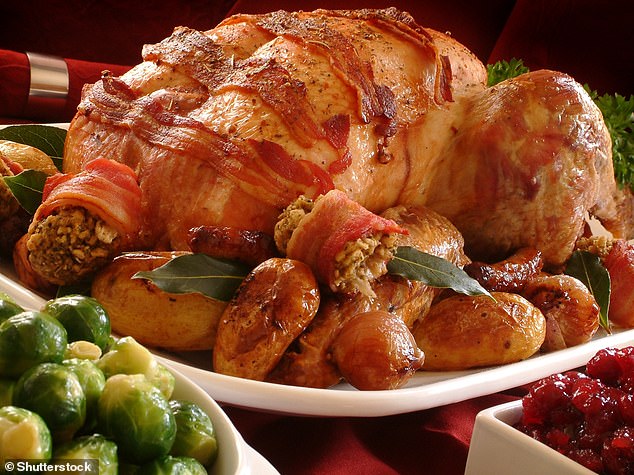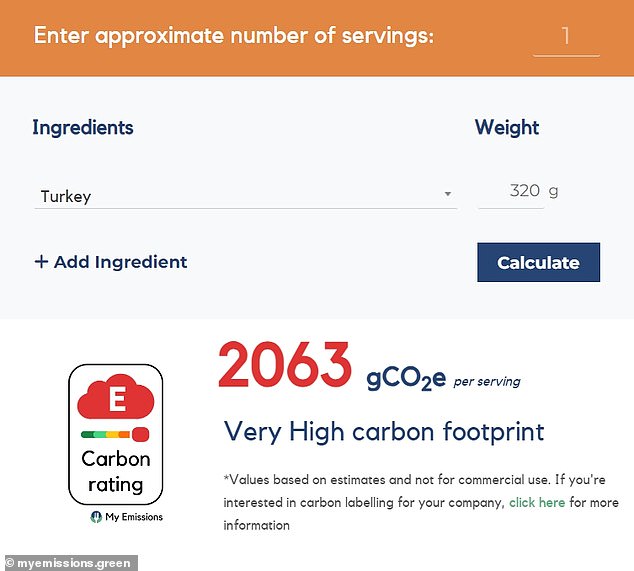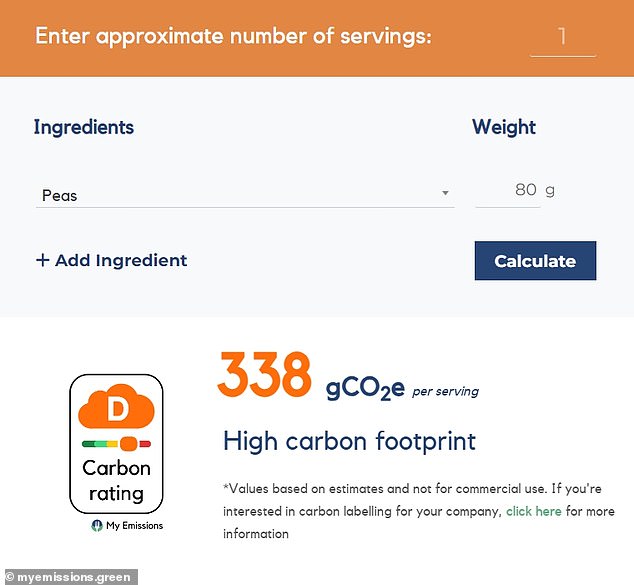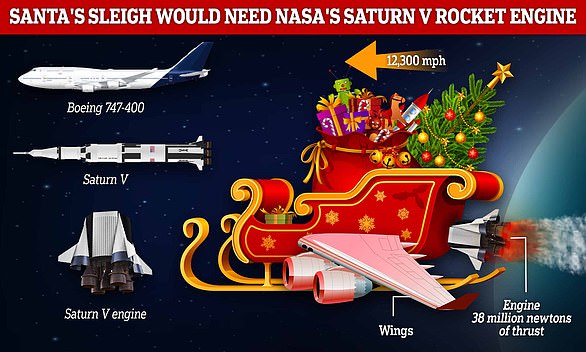Swap turkey for cod and pigs in blankets for Quorn sausages: MailOnline reveals the simple swaps you could make to slash the carbon footprint of your Christmas Dinner
With its many ingredients, from turkey and stuffing to vegetables and gravy, Christmas dinner is the biggest meal of the year.
But with all these things, your festive carbon footprint is about to skyrocket higher than Santa's sleigh.
Not to mention the extra flavor that comes on either side of the main meal, whether it's seafood in the morning or a cheese platter in the evening.
Fortunately, there are some simple cuts you can make to cut down on your Christmas Day emissions – and not all of them are vegan!
They include replacing turkey with cod or tofu, blanket-wrapped pigs with Quorn sausages and prawns or smoked salmon with less popular seafood such as whitebait or cockles.
Cod instead of turkey and cheese instead of brie are some of the festive swaps you can make for your Christmas treat
To work on swaps, use MailOnline “Food Carbon Footprint Calculator”that An online tool created by My Emissions, a London-based software company.
It gives foodstuffs a color-coded “carbon rating” from “A” (dark green) to “E” (red) based on carbon dioxide equivalent (CO2e) – a unit of measurement used to standardize the effects of greenhouse gases.
According to the calculator, a typical serving of turkey breast — about the size of your hand, or 320 grams — has a “very high” carbon footprint (2,063 grams of carbon dioxide).
However, the same size of cod has an average rating of 1,028 grams of carbon dioxide, making it an environmentally friendly alternative.
Plaice and haddock don't have as low a carbon footprint as cod, but both are better than turkey (1,396g CO2).
To improve performance, chefs can choose a tofu substitute for turkey, which has a lower carbon footprint of up to 594 grams of CO2 equivalent.
In general, the public can make Eat a low-carb meal by replacing meat items with alternatives like tofu or falafel.
This means that Quorn sausages are a good alternative to pigs in blankets, which is particularly bad for the planet because it combines two types of intensively farmed meat.
The calculator reveals that one piece of pork sausage (84g) has a 'very high' carbon footprint of 557g of CO2, while one piece of bacon (40g) also has a 'very high' carbon footprint of 557g of CO2. At 557 grams of CO2.
Meanwhile, the equivalent Quorn sausage – made largely from a plant-based, fungi-derived ingredient – has a “low” rating of 143g of CO2.
Plant-based alternatives like mycoprotein use much less land and energy than raising livestock for meat, which accounts for most of the emissions from the food industry.

It's the centerpiece of most Christmas dinners, but turkey has a “very high” carbon footprint, according to My Emissions' carbon calculator

According to the tool, a typical serving of turkey breast — about the size of your hand, or 320 grams — has a “very high” carbon footprint (2,063 grams of carbon dioxide).
As for Christmas Day vegetables, most of the vegetables listed in the calculator have a “low” or “very low” rating – such as sprouts.
However, there are some high-emission vegetables in the supermarket to watch out for.
A typical serving of green beans — three heaping tablespoons, or 80 grams — has a “very high” carbon footprint of 543 grams of carbon dioxide equivalent.
The same servings of asparagus and peas have “very high” ratings of 563 grams and 338 grams of carbon dioxide, respectively.
Low-emission options include Brussels sprouts, cauliflower, carrots, parsnips, and potatoes – much to the relief of barbecue lovers everywhere.
One of the things to pay more attention to at Christmas is cheese, which like most animal products has a very high carbon footprint.
This is especially the case for Christmas cheese boards such as brie, camembert, stilton and cheddar.
But the calculator shows there are lower-emission alternatives you can put on crackers instead, such as cottage cheese and quark, a light, spreadable cheese.
Other good swaps you can make on Christmas Day include low-emission seafood such as whitebait and cockles instead of smoked salmon and prawns, while interestingly, sherry has a smaller footprint than whisky.

Surprisingly, peas are one of the vegetables with the highest carbon footprint, so although they're not universally loved, they're still a good idea for using Brussels spouts.
According to the Carbon Trust, the most general advice for reducing Christmas meal emissions is to reduce the amount that goes out as waste.
If you're cooking for guests, let them serve themselves how much they want to eat, rather than spreading it out, suggests the Carbon Trust.
Food left on a serving plate can be eaten as leftovers the next day, while food left on plates is often thrown away.
“The most important consideration by far is reducing the amount of meat and dairy,” Mike Berners-Lee, professor of climate at Lancaster University, told MailOnline.
“The second most important thing is to make sure you eat everything — even if it turns into leftovers the next day.”
(Tags for translation)dailymail

